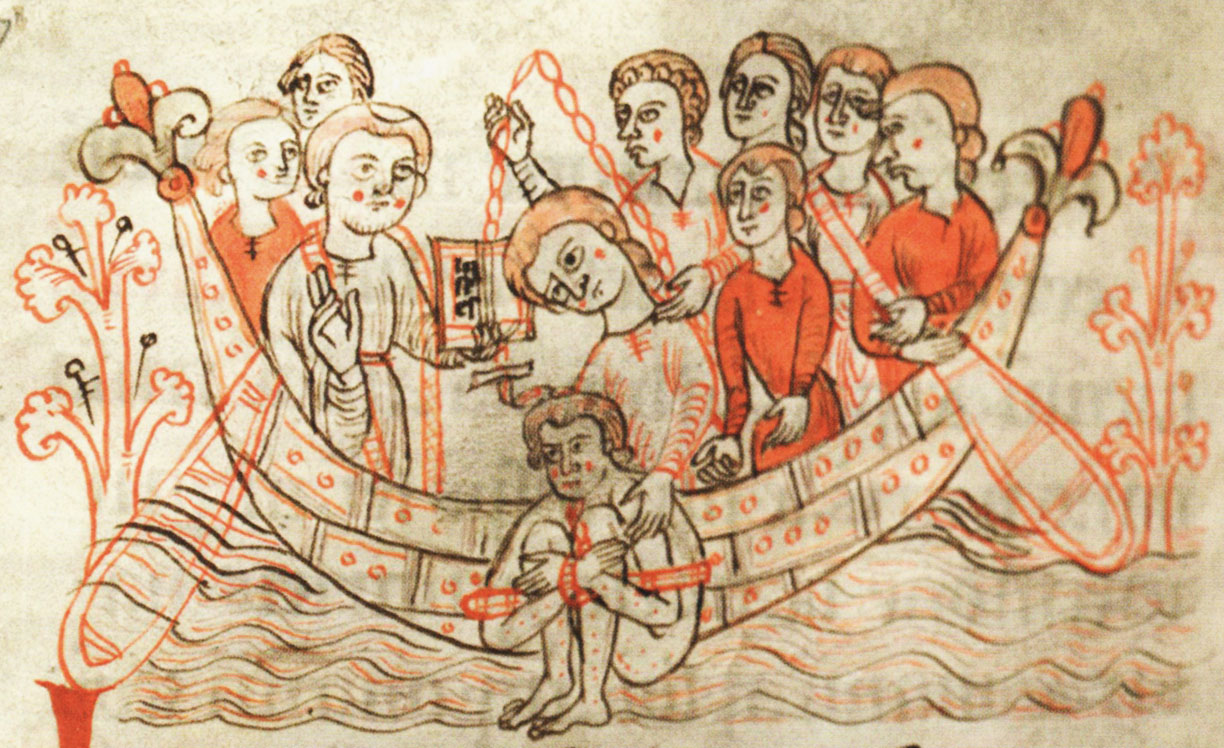
The ordeals were physical tests, in the past, which those accused of various crimes, mostly witchcraft and adultery, had to overcome so they might be judged innocent.
The term “ordeal” means “judgment of God” and was based on the fact that, during the test, God would help the innocent.
Widely used in Britain in the early English colonies of the United States and Europe from 1400 to 1700 or so, the ordeal really has origins dating back to 4,000 years ago.
There are various types and this article will tell you the cold water ordeal, as opposed to the boiling water ordeal.
The cold water ordeal
If someone was accused of witchcraft or adultery, they would have to undergo an ordeal to prove their innocence.
In the cold water ordeal the accused was stripped, then were bound hand and foot with a rope. After they are tied, a piece of rope is left dangling, with a knot in the end far enough away from the body.
Then the victim was thrown into a river or a lake. If the sinking victim was dragged to the end with the knot, then they were found innocent. If they would have been fortunate enough to be saved before drowning.
If they floated, it meant that he was guilty. This was based on the principle that water, considered the element “universal” and sacred, would have refused the accused as they are guilty.
In particular, it is believed that because the witches had rejected baptism by joining Satan, water, the symbol of the of baptism, would have refused the witch pushing them afloat.
The ordeals were banned and their last official use was recorded in England in 1717. However, the people did not so easily abandon them and continued to implement them until the second half of the 1700s.
The ducking stool

The ducking stool (stool that dips) it is perhaps a derivative of the cold water ordeal. However, it not is used to judge, but to humiliate the accused.
It was mainly reserved for quarrelsome women, who often quarreled and disturbed the neighbors as a way to cool their “hot spirits.”
The stool was mounted at the end of a beam that was secured to a rotatable platform with a pin.
The victim was made to sit on the stool and carried through the streets of the city, then was brought close to a river or the sea and immersed in the water several times.
Since it was a method to humiliate, however, often the water used was not the clear water of a river, but a muddy pond or, even worse, the victim was immersed in a pond near to the ancient sewers, emerging covered in excrement .
Despite serve only to humiliate, there were no laws on how should be completed. So a woman could be submerged an indefinite number of times.
In 1731, however, due to too many dips and made too strongly, a woman drowned.
Origin

Despite the ordeals being associated with witches, the origin of the “judgment of God” is very old. The first reference to an ordeal we find in the Sumerian Code of Ur-Nammu, a ruler whose reign was from 2112 BC to 2095 BC
We find the ordeal even in the famous Code of Hammurabi, who ruled from 1792 BC to 1750 BC
In particular in the code of Hammurabi it states that:
If a man launches an accusation of witchcraft at another man but can not prove it, the accused will be brought to the sacred river and you will immerse him. If the holy river will overwhelm him, the accusor will take possession of his house.














